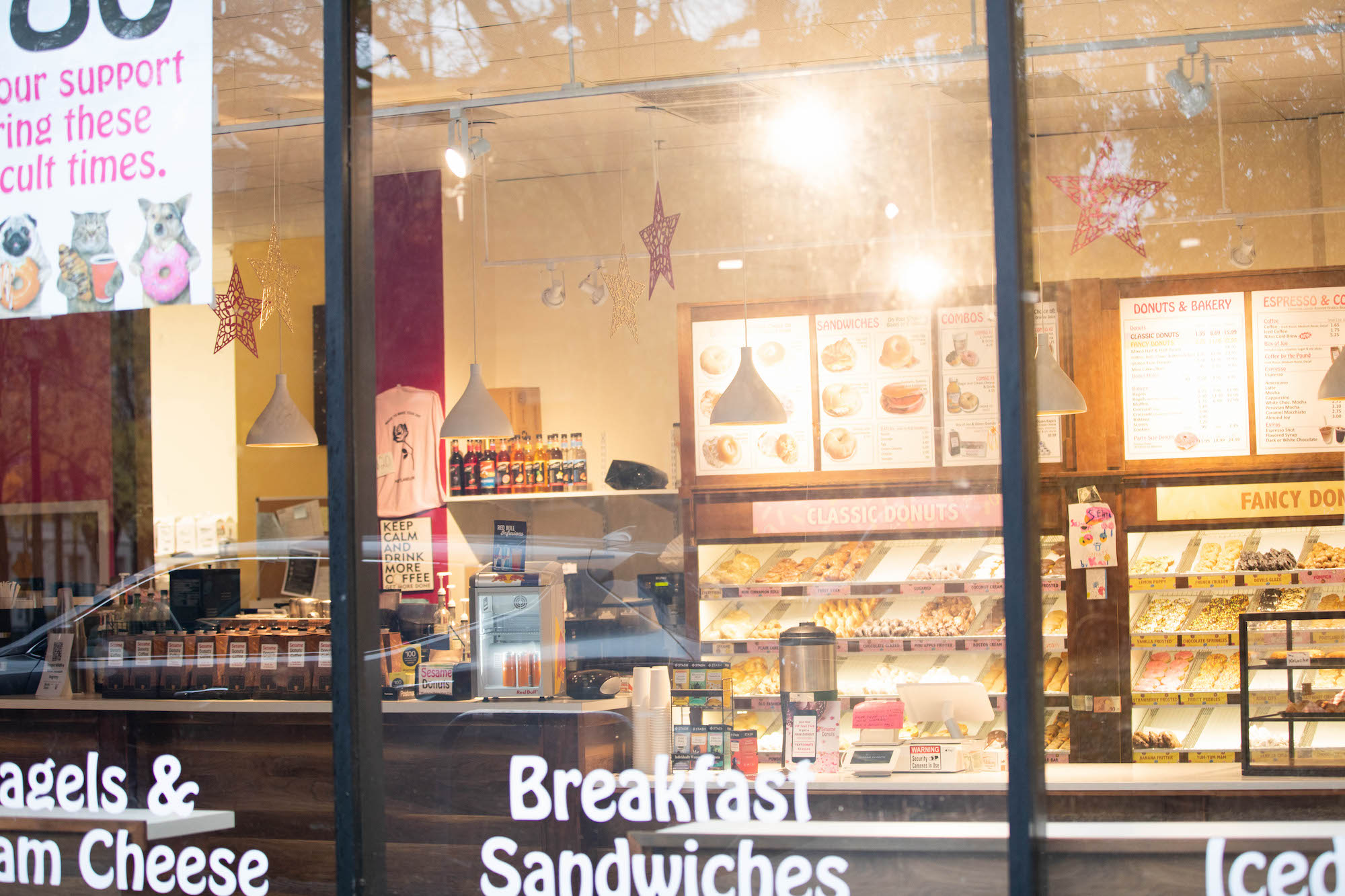Amid the ever-increasing number of COVID-19 cases in the United States throughout the month of November, two new, effective vaccines have sparked hope into a pandemic that previously seemed like it would never end. Pharmaceutical and biotechnology companies Pfizer and Moderna have both announced promising success with their preliminary phase three vaccines. Both vaccines pose unique challenges and benefits over the other, including effectiveness, long-term scalability and distribution and financial cost to world governments.
The first of the two vaccines is the BNT162b2 vaccine developed by German biotech company BioNTech and tested by NYC-based pharmaceutical titan Pfizer Inc. BioNTech and Pfizer have been dedicated to developing a vaccine for COVID-19 since the early months of the pandemic. Pfizer was offered joint funding by the U.S. Government’s Operation Warp Speed program—a partnership between the HHS and DOD whose aim is to accelerate the development and distribution of COVID-19 vaccines—however, it chose to decline in favor of self-funding.
“The reason why I [declined funding] was because I wanted to liberate our scientists from any bureaucracy that comes with having to give reports and agree with how we are going to spend the money in parallel or together,” said Dr. Albert Bourla, CEO of Pfizer in an interview with Axios.
Current Phase three trials of BNT162b2 show an efficacy rate of above 90%. Pfizer has chosen not to release a specific percentage for the rate because “the number could change,” according to Bourla. Even so, an efficacy rate of 90% goes far beyond previous expectations. “This is a really spectacular number,” said Yale immunologist Akiko Iwasaki in a New York Times report on Nov. 9. I wasn’t expecting it to be this high, I was preparing myself for something like 55%.” The high efficacy also means that Pfizer and BioNTech’s vaccine passes the minimum 50% efficacy threshold required to be FDA-certified.
On the scientific side, BNT162b2 is an mRNA vaccine. At a basic abstract level, an mRNA vaccine functions by having encoded messenger RNA sealed in an oil bubble latch onto the spike proteins of the virus, which causes the immune system to “fight back” against the virus. mRNA vaccines are still relatively new to the field of immunology, so it’s possible that these new vaccines could result in using mRNA vaccines to treat future diseases and pathogens.
Bourla said that he hopes to have 50 million doses out by the end of 2020. “I believe [we can distribute] immediately because we already have a few million [vaccines] produced and we hope that we will be able to make sure that all these batches are cleared by the FDA,” said Bourla when asked by Axios how soon Pfizer could distribute the vaccines after obtaining emergency use authorization from the FDA. The U.S. government announced plans in July to pay $2 billion to acquire 100 million doses, enough to inoculate 50 million people, from Pfizer and BioNTech once the supply of the vaccine is sufficient.
Cambridge, Massachusetts-based biotech company Moderna has also announced successful results from their preliminary phase three trials. Their vaccine, mRNA-1273, has shown a promising efficacy rate of 94.5% drawn from a trial with 30,000 participants. Moderna’s vaccine is also mRNA-based, as the company’s focus since their inception has been in mRNA technology and immunology. mRNA-1273 also requires two doses, similar to BNT162b2.
Even among the five vaccinated patients in which the vaccine was not successful, Moderna reported none of the patients developed severe or threatening symptoms, according to a Nov. 16 report from CNN. Side effects of the vaccine remain minor, with trial participants reporting body aches and headaches, both of which are typical side effects of vaccines.
Moderna’s trials are not set to conclude until the end of 2022, so there remain many unknowns in how effective the vaccine will be in the long term. The company has not stated whether the vaccine will require boosters or how it performs in individual demographics. The vaccine trials did not include participants under the age of 18, so it is unclear how the vaccine will perform in teenagers and children under the age of 12.
Moderna announced on Nov. 21 it will charge between $25–37 per dose of mRNA-1273, as reported by The Guardian. The cost per dose will depend on how many doses governments intend to order. Despite this, Moderna’s vaccine has considerable logistical advantages over Pfizer and BioNTech’s. The Moderna vaccine can be stored at 36–46 degrees Fahrenheit for up to a month, which means that families and medical facilities can easily store the vaccine, as reported by CNBC. Pfizer’s vaccine requires a storage temperature of negative 94 degrees Fahrenheit, which most medical facilities are incapable of storing at. This poses a unique challenge in distributing the vaccine.
Regardless of which vaccine is chosen and distributed by governments, the HHS has made it clear that they intend for COVID-19 vaccinations to be free. It is possible that healthcare providers will be charged for vaccinations, and potential small fees might be shifted onto patients, but these will be small fees, according to MSN.
The Oregon Health Authority announced in October that healthcare workers, medical practitioners and long-term care residents will have first access to any vaccine, followed by marginalized and at-risk populations.
“It was a great relief…but I was nervous,” Bourla said to Axios. “If we’re not successful, the world is losing hope.”






